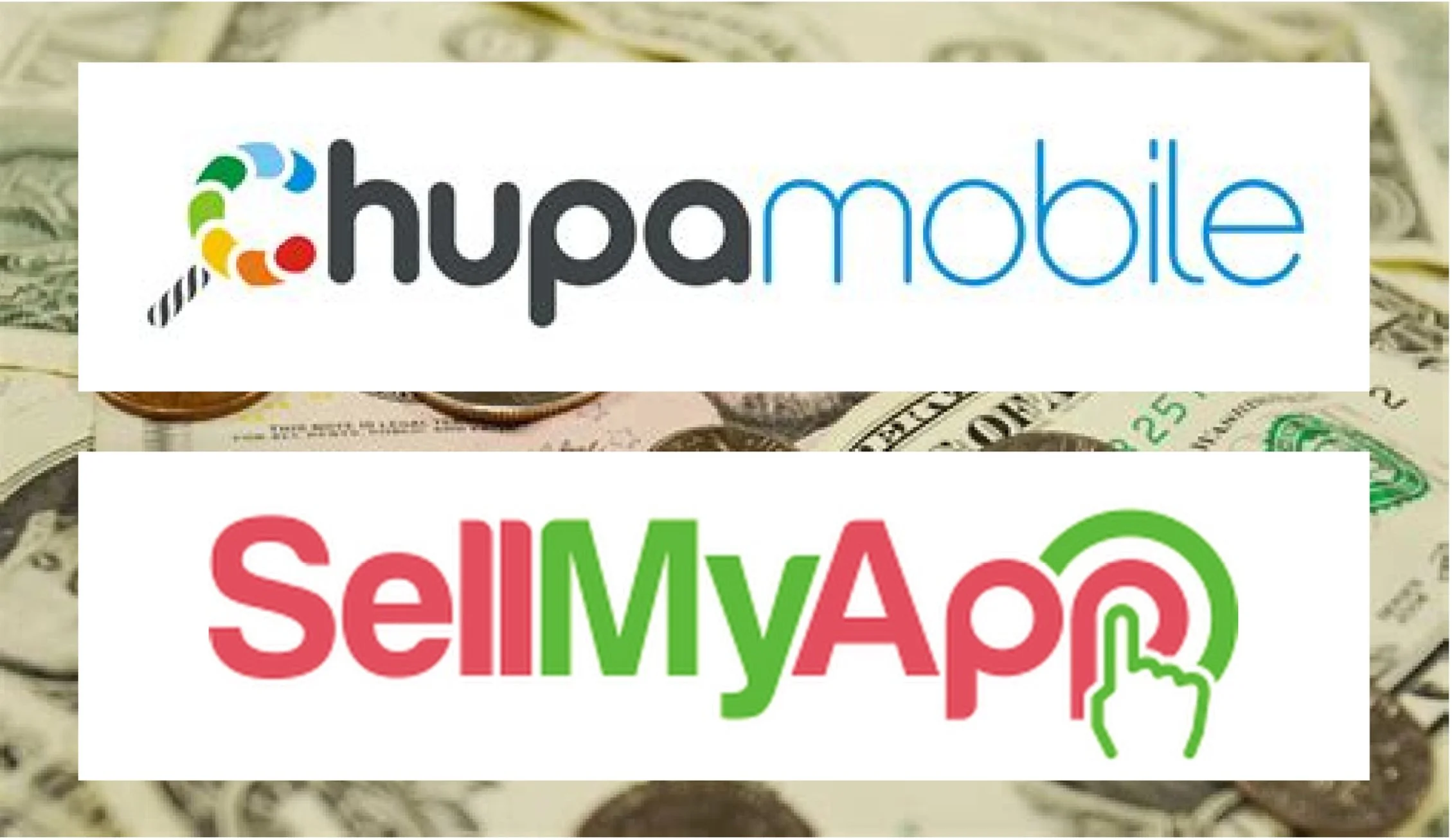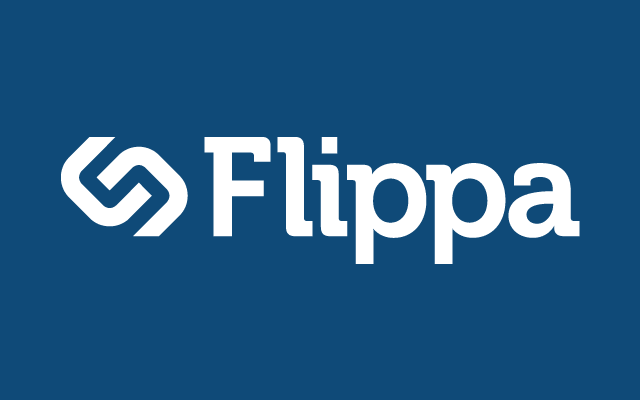sellmyapp: a content report
the past
ChupaMobile was an app development platform that helped users develop their own mobile apps from scratch. It, like many other app creation tools, bloomed in the wake of chaotically popular mobile games like Flappy Bird, when everyone and their mother decided to get in on the app development action.
Now inundated with developers and competitors alike, ChupaMobile had to figure out how to differentiate itself from the countless other platforms on the market. After reworking their content strategy, ChupaMobile became one of the biggest marketplaces in this niche industry.
In 2019, ChupaMobile was purchased by its competitor SellMyApp. But how is this corporation holding up in the modern, post-pandemic wave of UX/UI design and mobile app production?
After analyzing the content strategy of the ChupaMobile platform, which SellMyApp purchased, I wanted to compare their work to SellMyApp.com’s current business strategy. Right now, SellMyApp is aiming primarily to regain lost market share as the #1 marketplace where people can buy and sell apps.
SellMyApp’s audience seems to be focused solely on “appreneurs”-- entrepreneurs looking for an easy, affordable way to break into the app development industry-- and generally, users who are very new to app development. Its core message is simply that “We can make your app dream come true!”
It encourages anyone to try their hand at app development, even without any coding experience. SellMyApp makes it sound easy, exciting, and profitable to develop your own app with their services. Its content is limited to app and game templates, with exactly one section describing anything about the company or app development process.
From there, Chupa developed its conversion carrot- the reason for users to give Chupa their emails. They built an ebook on app store optimization, then, seeing its immediate success, created another for developers. This blossoming email list received a drip campaign, introducing the Chupa platform and giving a customer success story. This focus on conversion combined content creation with lead gen landing pages and email marketing automation, and launched Chupa into the very forefont of its niche.
the present
In 2019, SellMyApp.com purchased ChupaMobile, but seemingly without regard for what made it such a success. Unlike their competitors, SellMyApp has no blog, aside from the 'how to make an app' tab; the conversion carrot has been replaced with a login/sign in requirement, and their overall audience has been reduced solely to “appreneurs” and anyone new to app development. Over time, the market has saturated even further, and competitors like Flippa and Codester have started eating into what was once Chupa’s dominating presence.
I think their content strategy is in serious need of an upgrade-- and luckily for SellMyApp, they already have many of the tools they need. Chupa’s original strategy was a solid example to follow.
Chupa focused on not only the new appreneur audience, but also experienced gamedevs and app developers. They started publishing blogs about app development: how to make mobile apps, where to start, optimization, etc., focusing on anything that could help lower the barriers to the mobile app industry.
SellMyApp provides code, advertising integration, app icons, HD graphics and assets, easy App Store submission, and a “dedicated project manager”, along with a free consultation. It provides templates for newbie developers to use or build off of, as well as a development team to help 'fulfill all of your visions and dreams' before launching.
Focusing on helping newbie developers and their progress is an interesting USP, but needs to be paired with traditional optimization tools like blogs and conversion tools in order for SellMyApp to gather and maintain an audience.
the competition
Flippa leverages itself as a trusted source for profitable online businesses of all kinds, including apps. It markets itself as a platform for investment, first and foremost.
Its homepage focuses on buying, and the 'Sell Now' button lets you enter your URL to instantly start selling. Their blog is split into several categories, including sections for buyers and sellers.
Codester focuses more on app development. Creators can sell their own content on the platform, but the main focus is on finding code, templates, and more to help the user create their app. The homepage directs users to sign up and download '4 free files every week'. It also allows users to hire their professional freelancers and agencies for individual work. It features free files, a blog, and a forum.
the future
Right now, SellMyApp’s platform is almost entirely game and app templates, with one page describing the process of finding templates and how the site works.
First and foremost, the content SellMyApp chooses to promote should be helping them to gain and retain an audience. This means focusing on two things: awareness and conversion.
1. awareness
SellMyApp can work on gaining an audience by making sure as many people as possible can get their eyes on the website and their products. A blog is a great way to get started on this- it’s easy, affordable, and doesn’t take much investment.
By making a blog, SellMyApp can post about everything from details and FAQs about their products, to app development as a whole, trends in the industry, and much more.
Social media is another great low-investment tool for awareness. The company can use social media to tease blog posts, feature particular creators, answer questions, advertise sales, etc.
2. conversion
The conversion carrot refers to whatever convinces users to give a company their email address. Usually, this carrot is a piece of free content that interests the audience- a free ebook, for example, or a newsletter.
The original ChupaMobile content strategy has some good suggestions for this, but ebooks can be more difficult to create at first. Consider instead a step-by-step guide to the SellMyApp platform, or to app and game creation as a whole, or monetization, or just make a package of free content for anyone who signs up. Make sure that the content is in demand, and users will sign up for more.
conclusion
ChupaMobile had a solid foundation in content strategy, something that SellMyApp needs to seriously consider in order to keep up with modern trends. Tools like blogs and social media are relatively low-effort instruments that, when used correctly, can go a long way toward fueling your brand. SellMyApp has a powerful stock of sellers and content; it just needs to relearn how to leverage that most effectively to reach a new wave of independent app developers.







